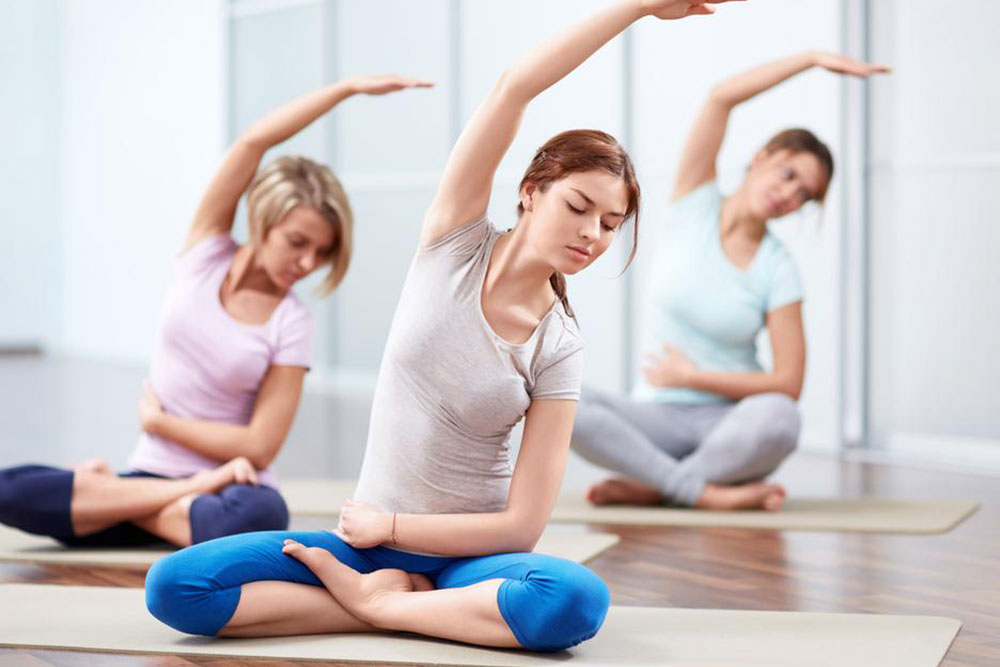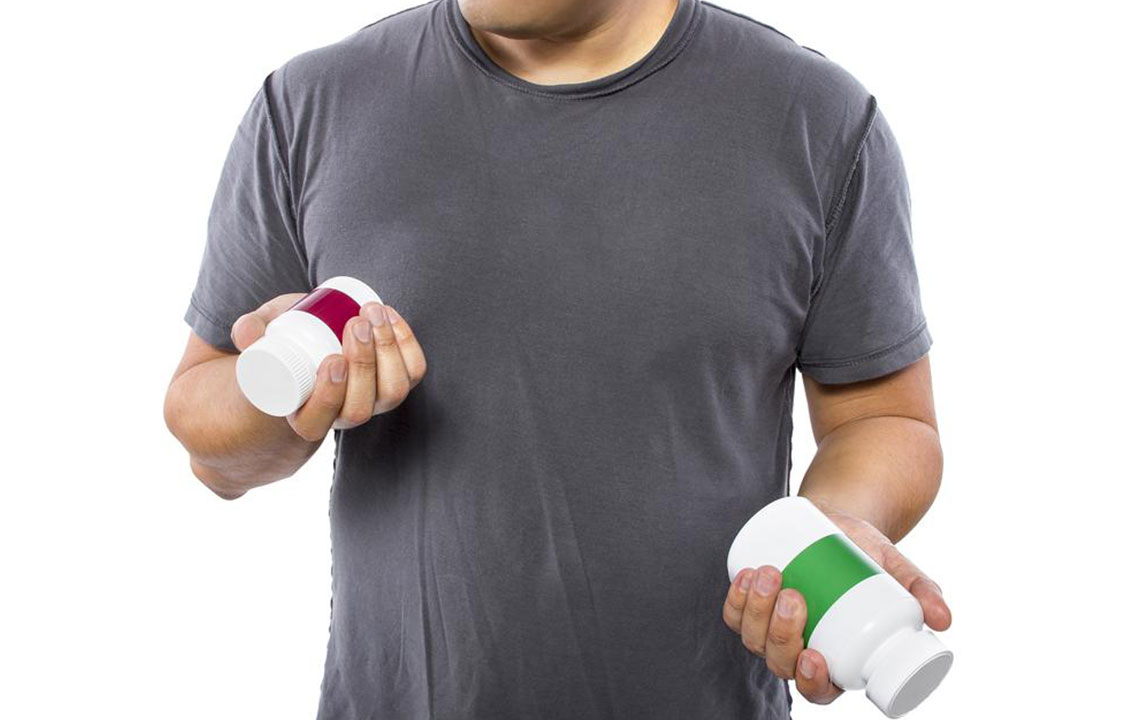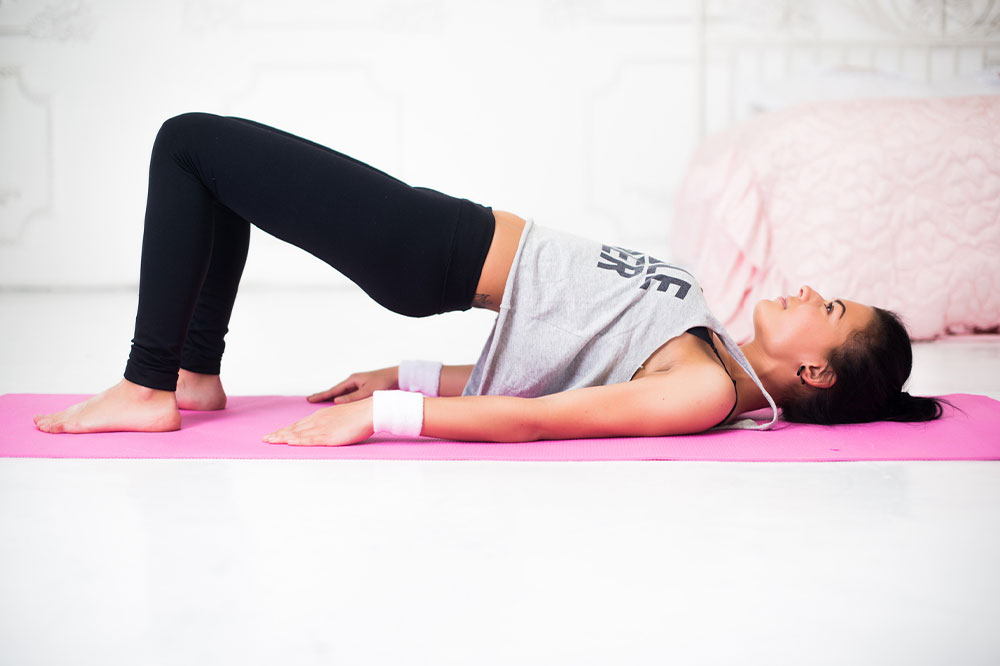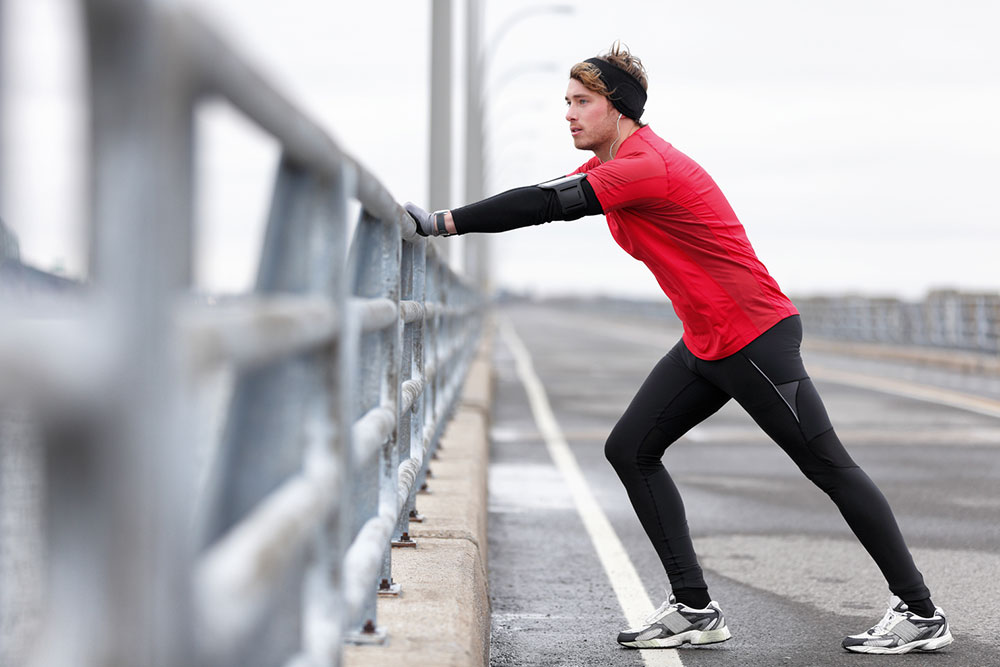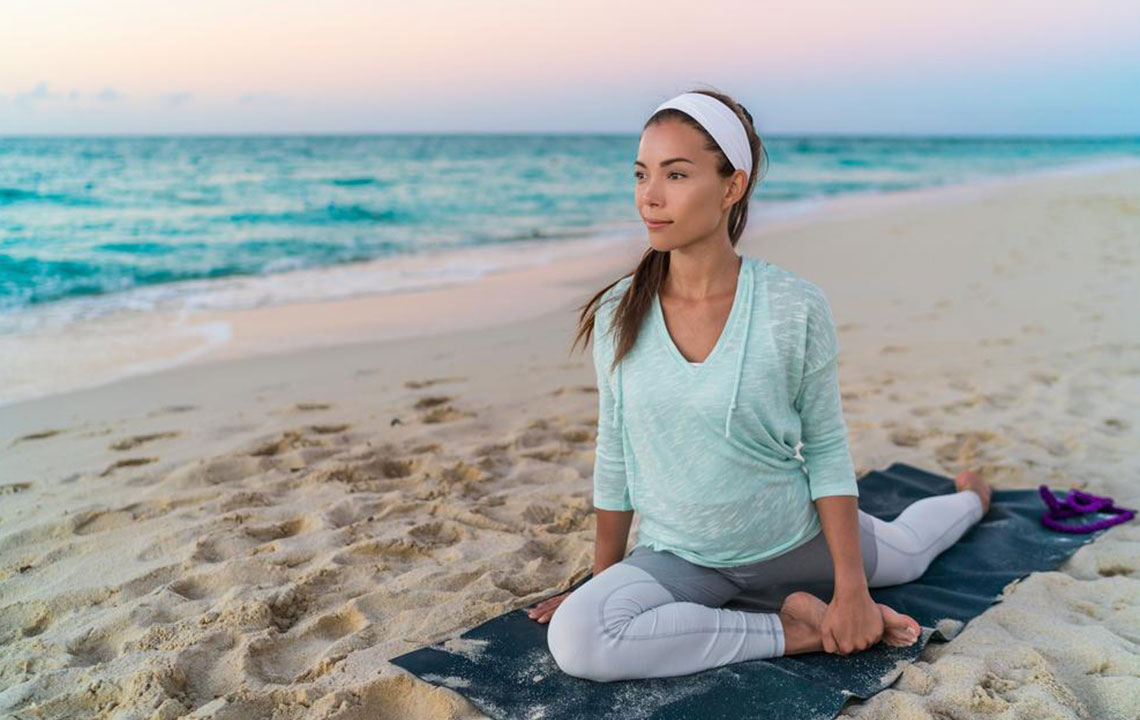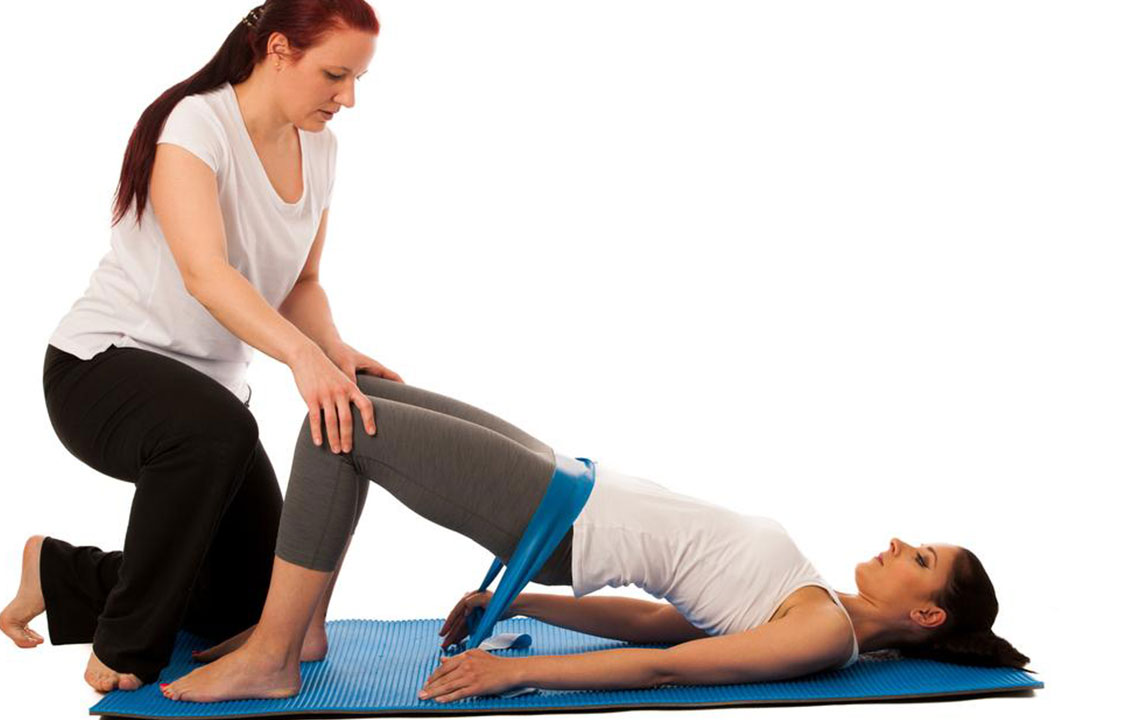Comprehensive Guide to Pelvic Floor Exercises for Improved Bladder and pelvic health
This comprehensive guide explores the importance of pelvic floor exercises, particularly Kegel routines, for strengthening pelvic muscles, preventing urinary incontinence, aiding postpartum recovery, and improving sexual health. It highlights effective techniques, modern training devices like the kGoal, and tips for achieving optimal results. Regular practice can greatly enhance overall pelvic health and daily comfort.
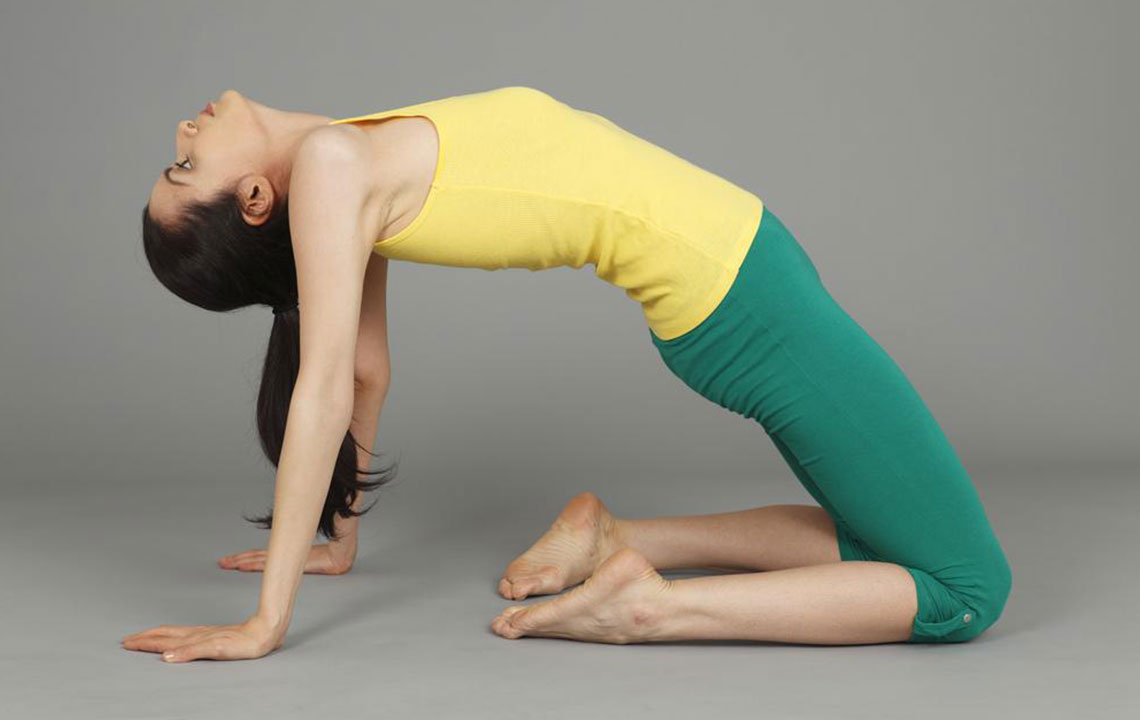
Pelvic floor exercises, widely recognized as Kegel exercises, are essential routines designed to strengthen the muscles supporting vital pelvic organs such as the bladder, uterus, and rectum. These muscles play a crucial role in maintaining continence, supporting reproductive organs, and contributing to overall pelvic stability. Over time, various factors like pregnancy, childbirth, the natural aging process, obesity, chronic respiratory issues such as coughing, certain surgeries, and persistent constipation can weaken these muscles, leading to issues like urinary incontinence and decreased pelvic strength.
Regular engagement in pelvic floor exercises offers numerous health benefits. Most notably, they are proven to prevent and treat stress urinary incontinence—an involuntary leakage of urine during activities like coughing, sneezing, laughing, or physical exertion. These exercises also help reduce sudden urges to urinate, which can be disruptive and impact quality of life. Moreover, strengthening pelvic muscles supports pregnancy and eases postpartum recovery, enabling women to regain confidence in bladder control and pelvic stability faster after childbirth.
Understanding how to correctly perform pelvic floor exercises is vital for maximizing their effectiveness. A typical routine involves contracting the pelvic muscles, holding the contraction for a few seconds, then relaxing. Consistency is key; performing these exercises daily—often recommended three times a day—leads to noticeable improvements in strength and control. It is advisable to focus on proper technique to avoid activating nearby muscles unintentionally, such as the thighs, buttocks, or abdominal muscles, which can diminish the benefits of the workout.
Modern technology has revolutionized pelvic floor training. Devices like the innovative kGoal offer interactive experiences through smartphone apps, making exercises more engaging and effective. These advanced pelvic trainers utilize biofeedback, which allows users to receive real-time data on muscle engagement, pressure levels, and exercise duration. By tracking progress, users can customize their workout routines, target specific issues, and accelerate improvements. These devices are especially beneficial for beginners unfamiliar with correct techniques or individuals seeking more motivation and accountability in their training.
Besides health benefits, pelvic floor exercises can enhance sexual pleasure by increasing blood flow and muscle tone in the genital area. For postpartum women, these exercises facilitate quicker recovery, reduce the risk of prolapse, and restore pelvic strength, enabling a smoother transition into everyday life. To optimize your practice, it's important to incorporate proper breathing, avoid holding your breath, and maintain a regular routine. Consulting healthcare professionals for personalized guidance ensures that exercises are tailored to individual needs, especially for those with existing health conditions or pelvic issues.
In summary, pelvic floor exercises are a simple, cost-effective way to improve bladder control, support pelvic health, and enhance overall well-being. Whether performed traditionally or with the aid of modern devices, consistency and proper technique are essential. Embracing this routine can lead to significant quality-of-life improvements, empowering individuals to maintain control, prevent health issues, and enjoy a healthier, more active lifestyle.
